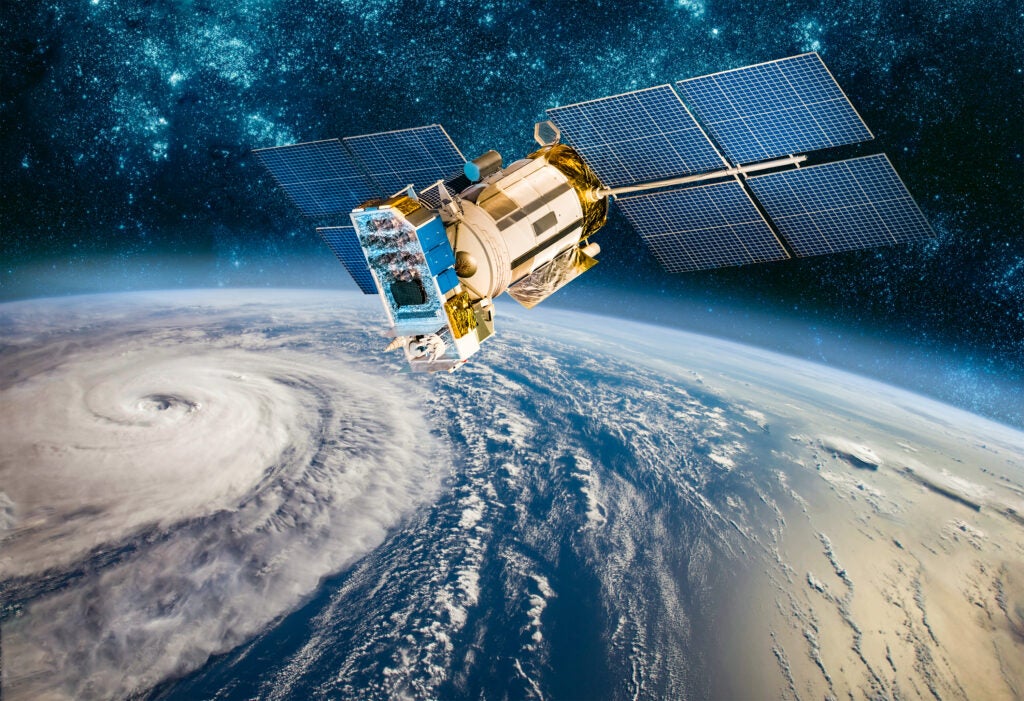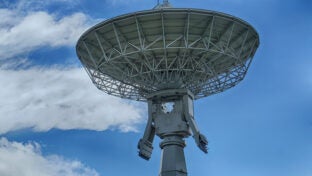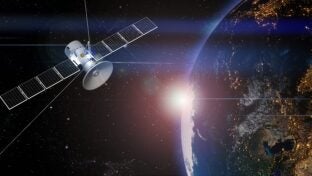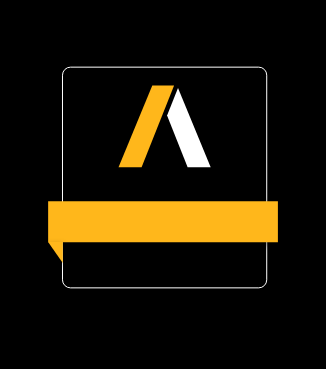
![]() This course covers the fundamental concepts of multiple access techniques used in satellite communication. It starts with an exploration of Frequency Division Multiple Access (FDMA), discussing its advantages, disadvantages, and the role of transponders in providing power and bandwidth. The course then moves on to Time Division Multiple Access (TDMA), explaining its benefits over FDMA, the importance of synchronization, and the calculation of frame efficiency. The course also delves into the characteristics of TDMA, including its synchronization, transmission rate, and the role of a reference station. Lastly, the course explores Code Division Multiple Access (CDMA) and Space Division Multiple Access (SDMA), discussing their importance in enhancing the capacity of satellite multiple access. For instance, the course uses the Iridium satellite constellation as a practical example to illustrate these techniques.
This course covers the fundamental concepts of multiple access techniques used in satellite communication. It starts with an exploration of Frequency Division Multiple Access (FDMA), discussing its advantages, disadvantages, and the role of transponders in providing power and bandwidth. The course then moves on to Time Division Multiple Access (TDMA), explaining its benefits over FDMA, the importance of synchronization, and the calculation of frame efficiency. The course also delves into the characteristics of TDMA, including its synchronization, transmission rate, and the role of a reference station. Lastly, the course explores Code Division Multiple Access (CDMA) and Space Division Multiple Access (SDMA), discussing their importance in enhancing the capacity of satellite multiple access. For instance, the course uses the Iridium satellite constellation as a practical example to illustrate these techniques.
This course has been developed by Prof. Kalyankumar Bandyopadhyay from IIT Kharagpur for NPTEL. It is now accessible through Ansys Innovation Space courtesy of the partnership between Ansys and NPTEL, under the CC BY-SA license. For more details, visit https://nptel.ac.in/courses/117105131.
-
Cost: FREE
- Course Duration: 2-4 HOURS
- Skill Level: Intermediate
- Skills Gained: understanding of multiple access techniques in satellite communication, knowledge of FDMA, TDMA, CDMA, and SDMA, and practical application using real-world
No reviews available for this learning resource.









